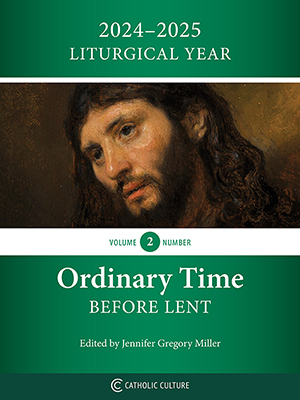Catechism of the Catholic Church
1140 It is the whole community, the Body of Christ united with its Head, that celebrates. "Liturgical services are not private functions but are celebrations of the Church which is 'the sacrament of unity,' namely, the holy people united and organized under the authority of the bishops. Therefore, liturgical services pertain to the whole Body of the Church. They manifest it, and have effects upon it. But they touch individual members of the Church in different ways, depending on their orders, their role in the liturgical services, and their actual participation in them." 7 For this reason, "rites which are meant to be celebrated in common, with the faithful present and actively participating, should as far as possible be celebrated in that way rather than by an individual and quasi-privately." 8
1141 The celebrating assembly is the community of the baptized who, "by regeneration and the anointing of the Holy Spirit, are consecrated to be a spiritual house and a holy priesthood, that through all the works of Christian men they may offer spiritual sacrifices." 9 This "common priesthood" is that of Christ the sole priest, in which all his members participate: 10
Mother Church earnestly desires that all the faithful should be led to that full, conscious, and active participation in liturgical celebrations which is demanded by the very nature of the liturgy, and to which the Christian people, "a chosen race, a royal priesthood, a holy nation, a redeemed people," have a right and an obligation by reason of their Baptism. 11
1142 But "the members do not all have the same function." 12 Certain members are called by God, in and through the Church, to a special service of the community. These servants are chosen and consecrated by the sacrament of Holy Orders, by which the Holy Spirit enables them to act in the person of Christ the head, for the service of all the members of the Church. 13 The ordained minister is, as it were, an "icon" of Christ the priest. Since it is in the Eucharist that the sacrament of the Church is made fully visible, it is in his presiding at the Eucharist that the bishop's ministry is most evident, as well as, in communion with him, the ministry of priests and deacons.
1143 For the purpose of assisting the work of the common priesthood of the faithful, other particular ministries also exist, not consecrated by the sacrament of Holy Orders; their functions are determined by the bishops, in accord with liturgical traditions and pastoral needs. "Servers, readers, commentators, and members of the choir also exercise a genuine liturgical function." 14
1144 In the celebration of the sacraments it is thus the whole assembly that is leitourgos, each according to his function, but in the "unity of the Spirit" who acts in all. "In liturgical celebrations each person, minister or layman, who has an office to perform, should carry out all and only those parts which pertain to his office by the nature of the rite and the norms of the liturgy." 15
Notes:
English Translation of the Cathechism of the Catholic Church for the United States of America © 1997, United States Catholic Conference, Inc.






